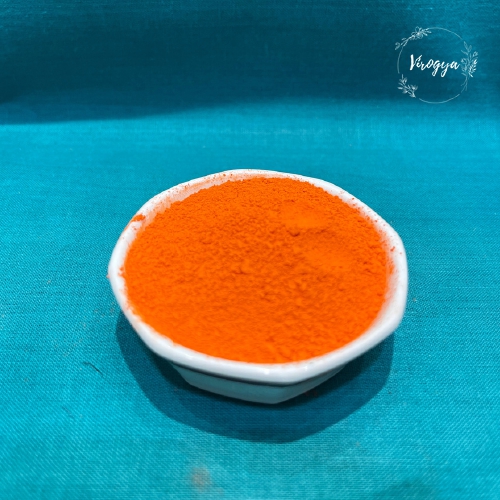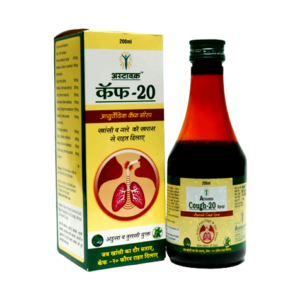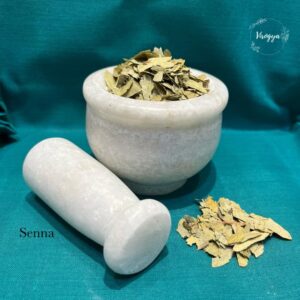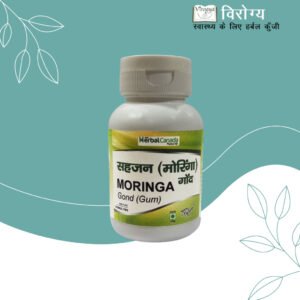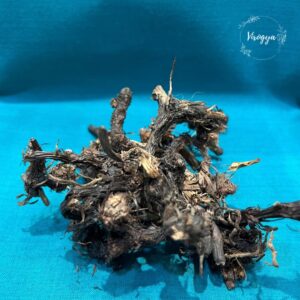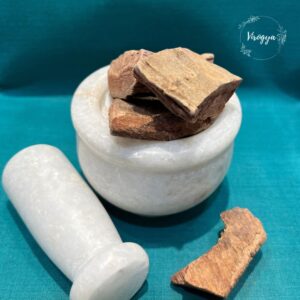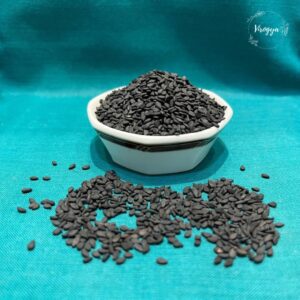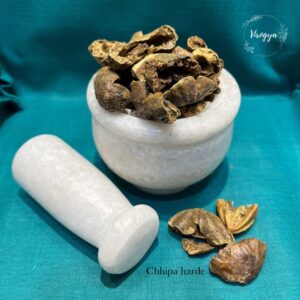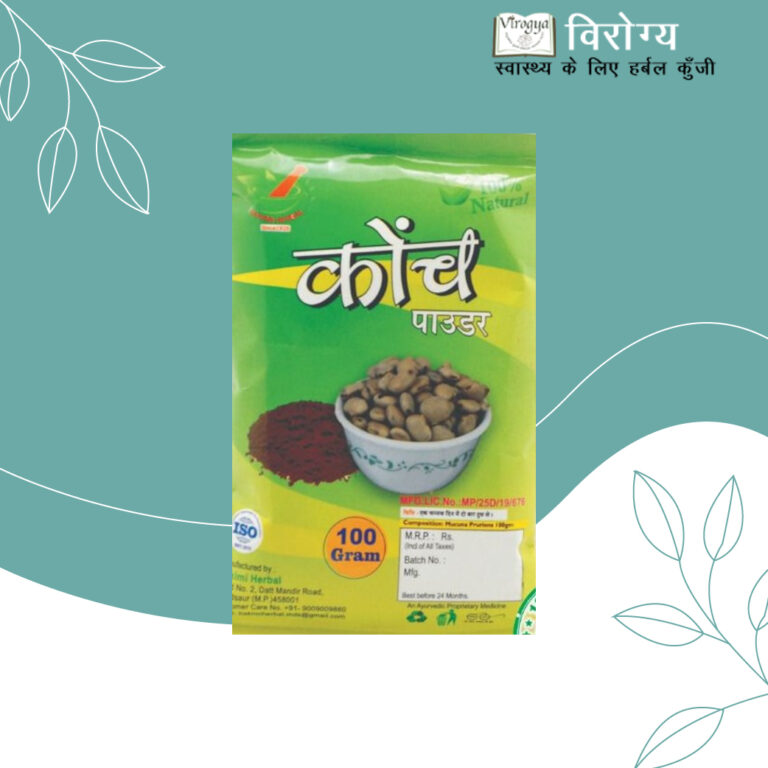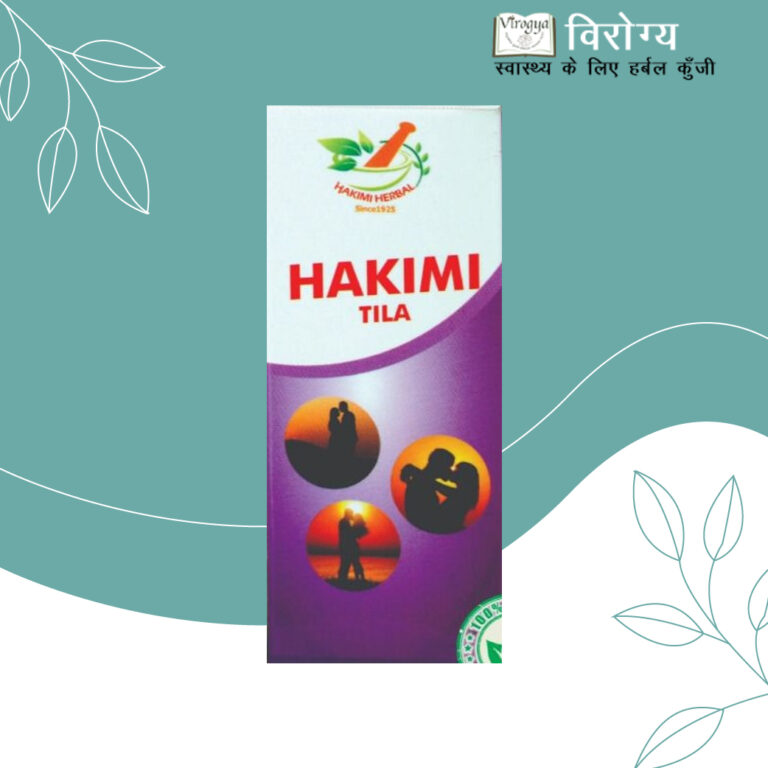Description
Sindoor (also spelled as “Sindur”) is a traditional red or orange-red colored powder worn by married Hindu women along the parting of their hair (maang) as a symbol of their marital status. It holds deep cultural, religious, and social significance in Hinduism, particularly in India, Nepal, and other South Asian countries.
How Sindoor is Worn
- Applied along the hair parting (maang) or at the hairline.
- Some women also apply a dot (bindi) of sindoor on their forehead.
- It is an integral part of festivals like Karva Chauth, Teej, and Durga Puja, where married women perform rituals for their husbands’ well-being.
Scientific & Ayurvedic Aspects
- Sindoor made from natural ingredients is believed to have cooling and medicinal properties.
- Turmeric and lime are known to have antiseptic benefits, while cinnabar (if pure) is said to enhance spiritual energy.
- However, chemically processed sindoor containing lead and mercury can cause allergies or health issues, so many prefer herbal or organic alternatives.
Modern & Artistic
- Fashion & Trend: Many women, even outside traditional Hindu communities, wear sindoor for aesthetic appeal.
- Creative & Ritualistic Art: Some artists use sindoor in paintings and rangoli designs for special occasions.
Conclusion
Sindoor is more than just a cosmetic; it is a sacred symbol of marriage, tradition, and devotion. Despite evolving trends, it continues to hold a strong place in Hindu culture, representing the deep-rooted customs and beliefs of married life.


